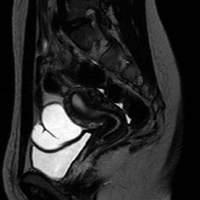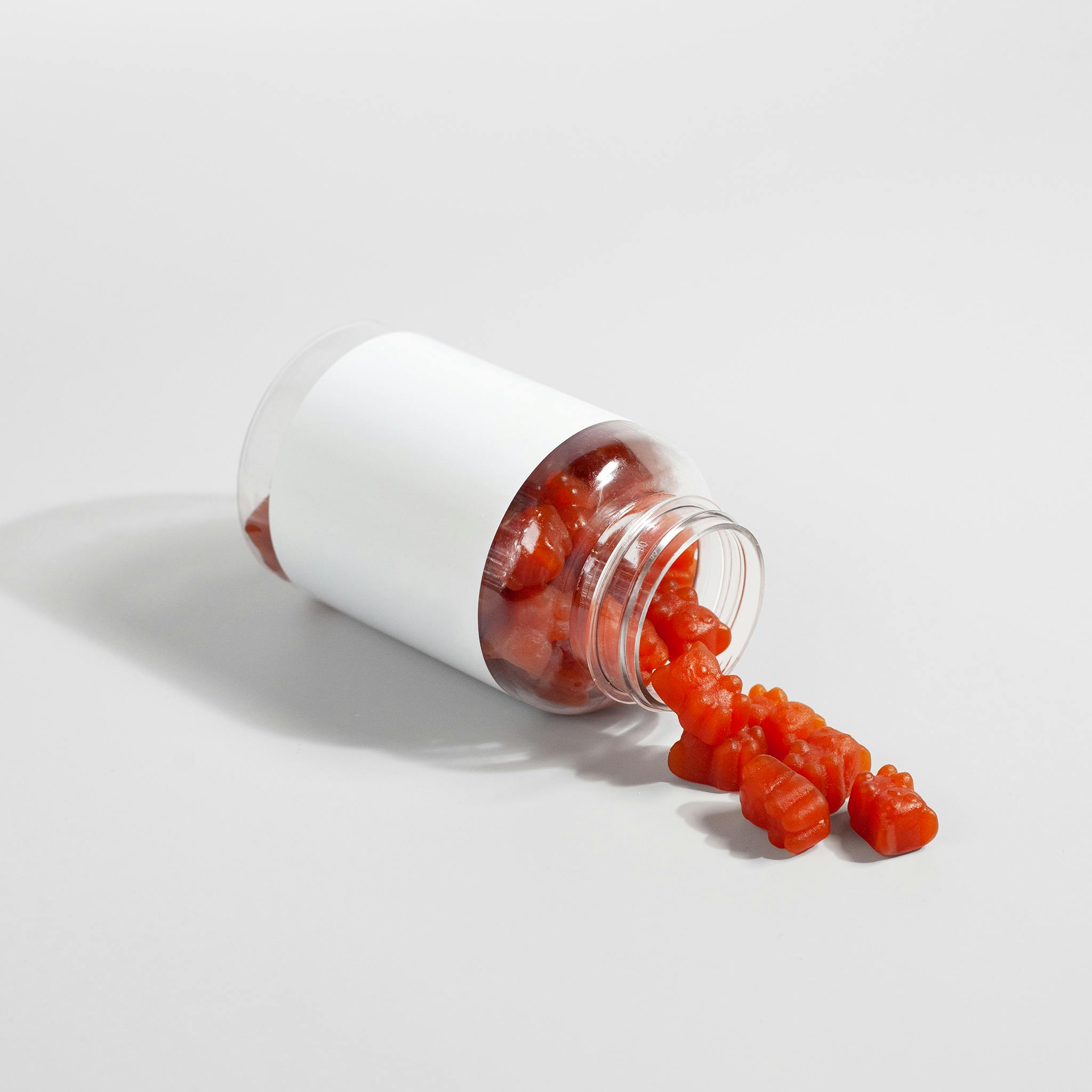Secondary hydrosalpinx in adolescents: a challenging decision-making process for surgical choice and future fertility preservation

Published: February 15 2021
Abstract Views: 1088
PDF: 682
HTML: 325
HTML: 325
Publisher's note
All claims expressed in this article are solely those of the authors and do not necessarily represent those of their affiliated organizations, or those of the publisher, the editors and the reviewers. Any product that may be evaluated in this article or claim that may be made by its manufacturer is not guaranteed or endorsed by the publisher.
All claims expressed in this article are solely those of the authors and do not necessarily represent those of their affiliated organizations, or those of the publisher, the editors and the reviewers. Any product that may be evaluated in this article or claim that may be made by its manufacturer is not guaranteed or endorsed by the publisher.
Similar Articles
- Assunta Turco, Mariapina Cerulo, Fulvia Del Conte, Vincenzo Coppola, Giovanni Severino, Maria Escolino, Ciro Esposito, Correlation between FLACC scale score and analgesic requirement in children undergoing minimally invasive surgery , La Pediatria Medica e Chirurgica: Vol. 45 No. 1 (2023)
- Agim Gjikopulli, Sonila Tomori, Marjeta Tanka, Donjeta Bali, Challenges in diagnosis and treatment of Cushing disease in a 12-year-old boy , La Pediatria Medica e Chirurgica: Vol. 47 No. 1 (2025)
- Erlis Kurniasari, Nur Agustini, Factors related to anxiety before surgery in children in urological operating rooms , La Pediatria Medica e Chirurgica: Vol. 43 No. s1 (2021)
- Chiara Costantini, Federica Fati, Elisa Pani, Fabio Beretta, Silvia Bisoffi, Giosuè Mazzero, Elisa Negri, Clara Revetria, Hamid R. Sadri, Enrico Ciardini, Two-balloon epistaxis catheter to ensure vaginal patency in a complex case of vaginoplasty for vaginal agenesis: a case report , La Pediatria Medica e Chirurgica: Vol. 45 No. 2 (2023)
- Marco Gasparella, Maurizio Marzaro, Mario Ferro, Carlo Benetton, Vittorina Ghirardo, Cinzia Zanatta, Francesco Zoppellaro, Meckel’s diverticulum and bowel obstruction due to phytobezoar: a case report , La Pediatria Medica e Chirurgica: Vol. 38 No. 2 (2016)
- Salvatore Fabio Chiarenza, Elena Carretto, Valeria Bucci, Samuele Ave, Giuseppe Pulin, Cosimo Bleve, Uretero-pelvic junction obstruction in children: Is vascular hitch an effective and safe solutions in very long term outcome? Report of 25 years follow-up , La Pediatria Medica e Chirurgica: Vol. 45 No. 1 (2023)
- Ni Made Dian Sulistiowati, Budi Anna Keliat, Raden Irawati Ismail, Besral Besral, I Ketut Dian Lanang Triana, The effectiveness of mental health nursing promotive and preventive model on protective factors, risk factors and adolescents’ mental health , La Pediatria Medica e Chirurgica: Vol. 45 No. s1 (2023)
- Mario Lima, Eduje Thomas, Neil Di Salvo, Tommaso Gargano, Giovanni Ruggeri, Paediatric surgery in the robotic era: early experience and comparative analysis , La Pediatria Medica e Chirurgica: Vol. 41 No. 1 (2019)
- Mario Lima, Michela Maffi, Niel Di Salvo, Giovanni Ruggeri, Michele Libri, Tommaso Gargano, Hubert Lardy, Robotic removal of Müllerian duct remnants in pediatric patients: our experience and a review of the literature , La Pediatria Medica e Chirurgica: Vol. 40 No. 1 (2018)
- Riccardo Rizzo, Gabriele Lisi, Nino Marino, Giuseppe Lauriti, Dacia Di Renzo, Pierluigi Lelli Chiesa, Robot-assisted resection of gastric duplication cysts in a child: a detailed case report , La Pediatria Medica e Chirurgica: Vol. 40 No. 2 (2018)
You may also start an advanced similarity search for this article.








